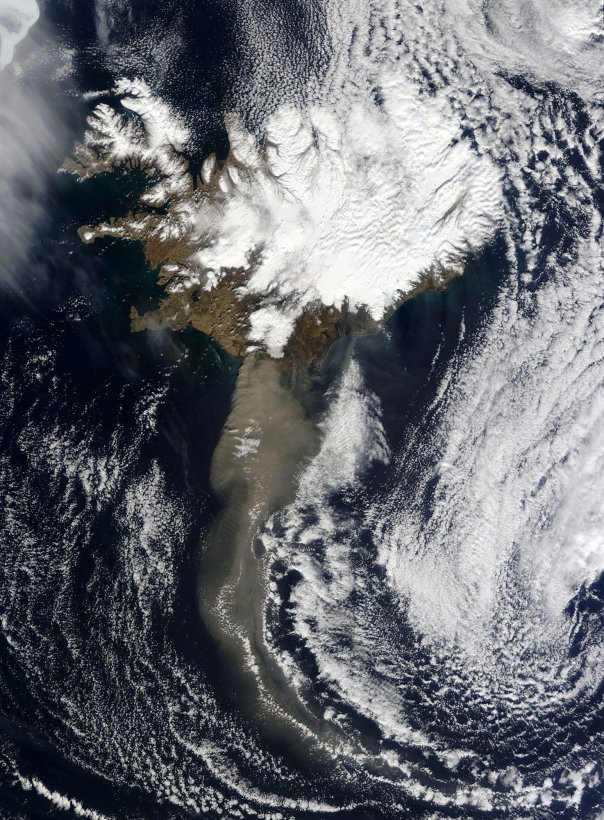Aug. 6 (UPI) — Eruptions from relatively minor volcanoes could incapacitate vital infrastructure, upend global trade routes and cost the economy billions, a new study has found.
While catastrophes posed by larger volcanoes have the attention of scientists and the public, a study published Friday in Nature Communications shows that eruptions from their smaller counterparts have the potential for more destruction.
Globalization has clustered critical infrastructure near lower-magnitude volcanoes, researchers at the University of Cambridge’s Center for the Study of Existential Risk found in the study.
That clustering, according to the study, has created “pinch points” in Taiwan, the Mediterranean, the South China Sea, the Strait of Malacca near Singapore, the Chinese-North Korean border, the North Atlantic and the northwestern United States. These pinch points have vital roles in manufacturing, shipping and airspace.
“Even a minor eruption in one of the areas we identify could erupt enough ash or generate large enough tremors to disrupt networks that are central to global supply chains and financial systems,” Lara Mani, lead author of the report, said in a press release.
“At the moment, calculations are too skewed toward giant explosions or nightmare scenarios, when the more likely risks come from moderate events that disable major international communications, trade networks or transport hubs.”
Smaller eruptions ranking up to 6 on the “volcanic explosivity index,” rather than the 7s and 8s, could produce ash clouds, mudflows and landslides, Mani said. That could ruin crops, cause food shortages, damage undersea cables, cause financial market shutdowns and lead to political turmoil.
Researchers pointed to the 2010 eruption of the Eyjafjallajökull volcano in Iceland. While it was a magnitude 4 eruption, it was close to the major pinch point of mainland Europe. Plumes of ash caused European airspace to close, costing the global economy $5 billion.
By contrast, when Mount Pinatubo in the Philippines erupted in 1991, a magnitude 6 eruption some 100 times greater in scale than Eyjafjallajökull, it was far less disruptive because of its distance from important infrastructure.
The report argued that it’s time to reconsider volcano risk assessments.

COMMENTS
Please let us know if you're having issues with commenting.